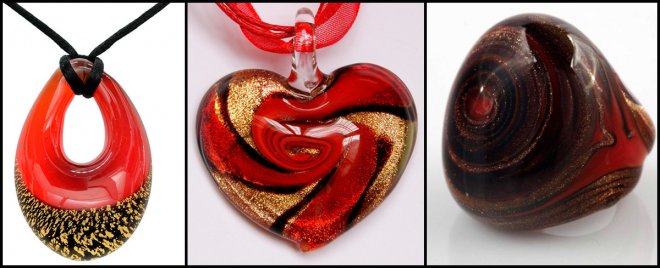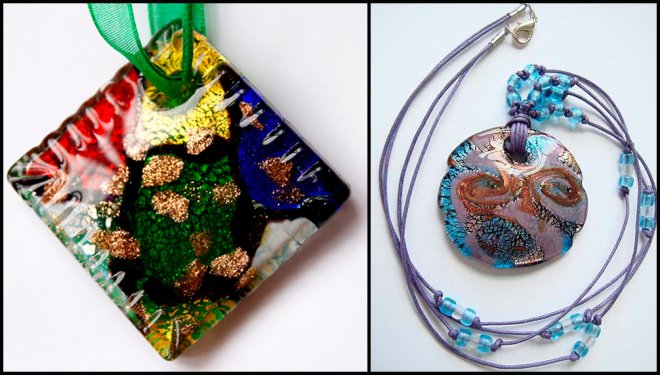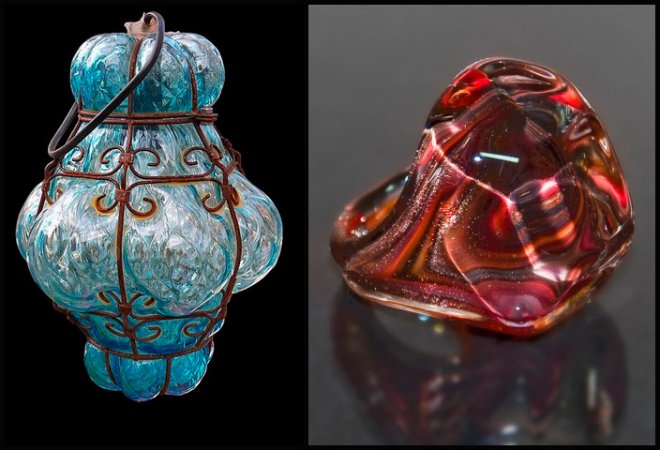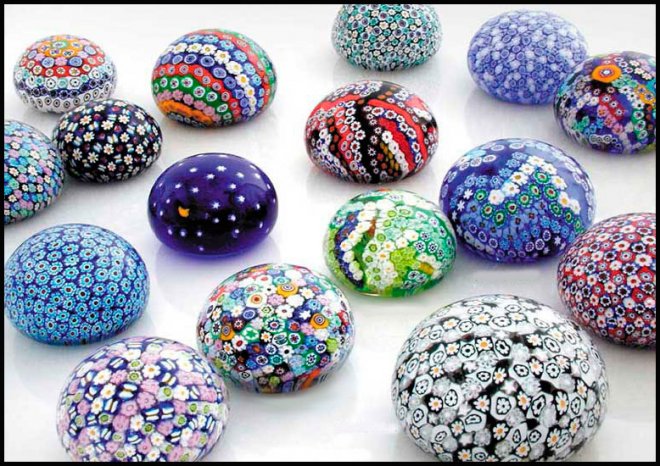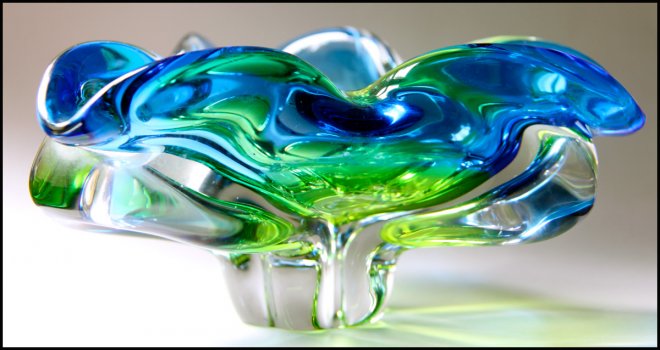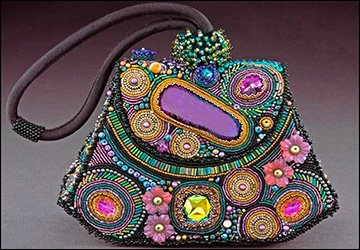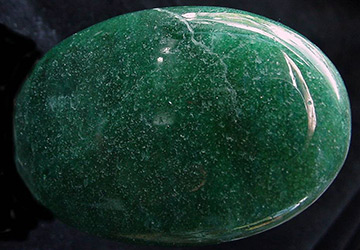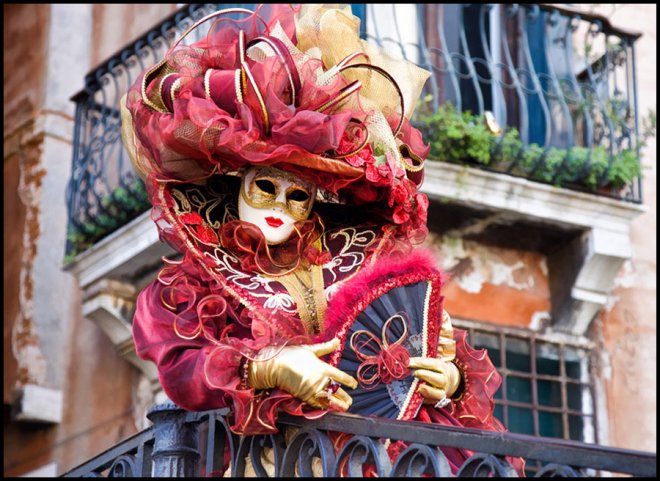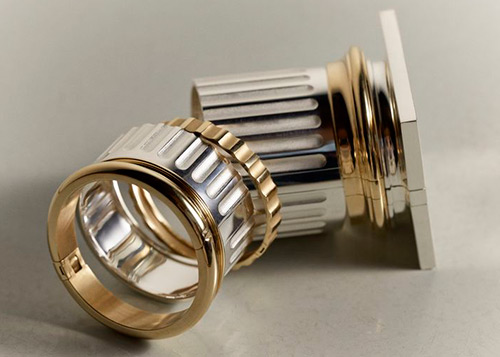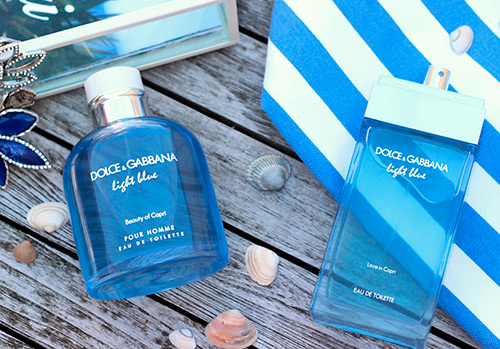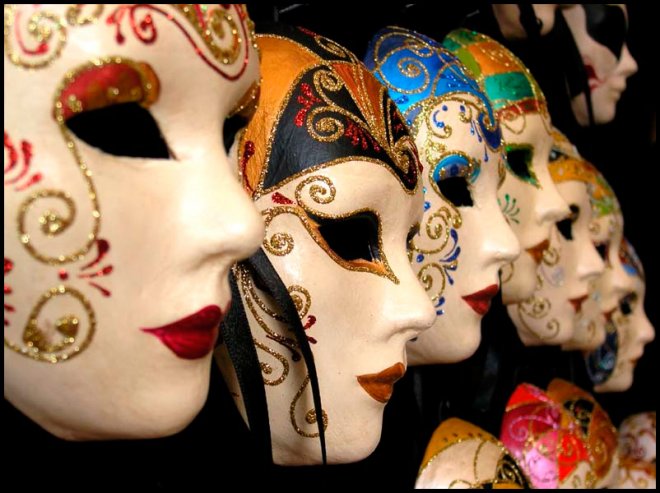Jewelry
Venetian - Murano glass
In sunny, fragrant Italy, among a number of Venetian islands, there is one large island called Murano, and in everyday life it has a second name - Little Venice. This beautiful place is very popular and has become famous all over the world for the production of valuable and expensive Venetian - Murano glass.
Murano glass - history.
Since the 16th century, the island of Murano has been one of the entertainment centers of the wealthy Venetians. There they built beautiful villas, laid out gardens with fountains and created other beautiful places for relaxation. The island's attractions include the Cathedral of Santa Maria Donato, the Church of San Pietro Martyre, the Glass Museum, and several glass factories, the largest of which is called Formia and is privately owned by the Mian family.
However, the history of the production of outstanding Venetian glass originated much earlier - in the 8th century. The names of Benedict monks who create glass vessels for wine and use the ancient secrets of Byzantine masters are associated with its origin. Glasswork has long been one of the most popular and widespread national crafts in Italy, and in this regard, and in order to protect the country from fires associated with the use of foundries, the government of Venice in 1291 orders to move all glass factories to the islands thus transforming the large island of Murano into an artistic center for glass making.
Since then, the famous island has become the so-called "state within a state". The production of glass, called Murano glass, became his main occupation. The secrets and technologies of its manufacture were passed down from generation to generation, and were kept within the strictest family secrets. Boys learned to make Murano glass from an early age, and having mastered all the secrets of the craft, like young magicians, they received the status of "master glassmaker" and an honorary citizen of Venice.
The island had its own government, and eminent glassmakers were often awarded titles of nobility and various other privileges. However, there were also civil disadvantages here. Having received a monopoly on the manufacture of glass, the Venetian Republic forbade the craftsmen from Murano to leave the island, and even more so, to leave for another country.
The glassmaker, who left the island, was considered a discloser of secrets, was put on the state wanted list, and when arrested, he was strongly advised to return back. If he continued to stubbornly disregard this order, he was simply killed for violating the law. These were the strict and rigid orders of the time, which, nevertheless, were the norm for the socio-political system of the Middle Ages.
Venetian - Murano glass was very popular all over the world, both in ancient times and today. People from all over the world flocked to Venice to buy Murano glass products there. Skilfully created products of Murna glass are equated with jewelry, and in their appearance they resemble ornamental stones: agate, carnelian, chalcedony and others. That is why jewelry made of Murano glass looks so beautiful: large pendants and jewelry, rings, bracelets, brooches, earrings, hairpins and many other jewelry. The variety of types of Murano glass, as well as the technique of its execution, is very large: mosaic, aventurine, filigree, transparent, milky-opaque, chalcedony, etc. All these types have different structures and intricate patterns, but despite this, they differ in the same , easily recognizable, developed over the centuries, a unique and inimitable national style.
After experiencing various ups and downs in the 20th century, the production of Murano glass was marked by a new, modern wave of development. The glassmakers of the islands of Venice were invited to collaborate by such outstanding artists - innovators as Henri Toulouse-Lautrec, Pierre Bonnard, Pablo Picasso and Marc Chagall.

Murano glass products are wonderful vases and vessels, glasses and cups, decorations and interior items, souvenirs and arts and crafts: beautiful flowers, animals and other various modern art compositions of interest to collectors around the world. Therefore, when traveling to Italy, do not forget to visit the beautiful Venetian island of Murano, and even more so, do not pass by such a wonderful, unique world phenomenon as the famous Venetian glass, or in other words - Vetro de Murano.
Comments and Reviews
Add a comment
Rating news
Shades of clothing that make women look younger
What shades of hair make women younger: rules and photos
Funny wedding dresses - photos and ideas
12 most expensive down jackets for the winter
How to look 25 at 40: tips from supermodels
Beautiful schoolgirls
Anti-aging haircuts and hairstyles for women
Fashionable skirts for autumn and winter
Fashionable women's trousers for the cold season
Fashionable and stylish sandals for summer 2024
Spring-summer 2024
 Fashionable dresses and tops with thin spaghetti straps
Fashionable dresses and tops with thin spaghetti straps
 Bandana tops: how to wear stylishly and beautifully
Bandana tops: how to wear stylishly and beautifully
 How to put together the perfect men's wardrobe for the summer
How to put together the perfect men's wardrobe for the summer
 Trendy shorts for spring-summer 2024
Trendy shorts for spring-summer 2024
 Fashionable skirts for spring-summer 2024: a guide to online shopping
Fashionable skirts for spring-summer 2024: a guide to online shopping
 The most fashionable dresses spring-summer 2024: styles and colors
The most fashionable dresses spring-summer 2024: styles and colors
 Fashionable total look 2024: image ideas and trends
Fashionable total look 2024: image ideas and trends
